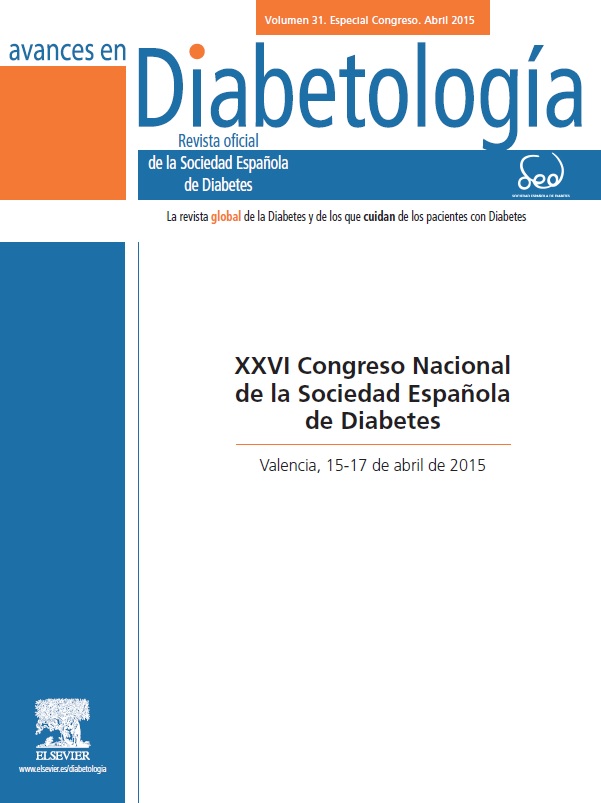O-014. - BACE2 SUPPRESSION AMELIORATES β-CELL DYSFUNCTION INDUCED BY HUMAN ISLET AMYLOID POLYPEPTIDE (IAPP) OVEREXPRESSION
Institut d'Invesigacions Biomèdiques August Pi i Sunyer. Barcelona.
Introduction and objectives: BACE2 (β-site APP-cleaving enzyme 2) is a β-protease that has been found in the brain, where it is thought to play a role in the development of Alzheimer’s disease (AD). It has also been localized in the pancreas, where it seems to play a physiological role since BACE2-deficient mice elicit better glucose tolerance than control littermates. Amyloidogenic diseases, including AD and type 2 diabetes (T2D), have been reported to share the accumulation of abnormally folded and insoluble proteins that interfere with cell function. In the case of T2D, amylin (IAPP) deposits have been shown to be a key feature of the disease. The aim of the present study was to investigate the effect of BACE2 modulation on β-cell alterations induced by IAPP overexpression.
Material and methods: IAPP-heterozygous mice, BACE2-KO mice and their respective controls were used to analyze their phenotype after 16 weeks with high-fat diet (HFD) feeding. Afterward, these two models were crossed in order to analyze the impact of BACE2 suppression on b-cell alterations observed in hIAPP-Tg mice. Insulin tolerance test (ITT) and glucose tolerance test (GTT) were performed to evaluate the metabolic phenotype, and the area under the curve (AUC) of the GTT was calculated as a measure of glucose homeostasis. The ability to secrete insulin in response to glucose (GSIS) was quantified with an ELISA kit. Proliferation was analyzed by Ki67 immunostaining and b-cell mass by insulin immunostaining.
Results: The GTT of hIAPP-Tg mice after 16 weeks of regular chow diet revealed glucose intolerance with respect to the wild type animals. These animals showed a 1.3-fold increase (p < 0.05) in β-cell mass, however, the secretory response of insulin was reduced after the glucose challenge (25% decrease p < 0.05, vs control littermates). 16 weeks of HFD feeding induced insulin resistance and glucose intolerance, both in hIAPP-Tg and wild type animals. On the other hand, BACE2-KO mice showed better glucose homeostasis than their wild type counterparts when fed with HFD (28% decrease in AUC of GTT). Moreover, BACE2-KO mice fed with a HFD showed an 18% reduction in body weight (p < 0.05), indicating that deletion of BACE2 protects against HFD. The crossed animals (hIAPP-TgxBACE2-KO) presented a significant improvement in glucose tolerance as compared to Tg-hIAPP mice (18% decrease in AUC) that was not accompanied by an increase in insulin sensitivity. This improvement indicated a potential beneficial effect of BACE2 deletion on β-cell function.
Conclusions: The inhibition of BACE2 compensates glucose tolerance defects induced by hIAPP overexpression in the β-cell. Thus, targeting BACE2 may represent a good therapeutic strategy to improve β-cell function in T2D.
Supported by: FIS (PI08/0088 and PI11/00679).





